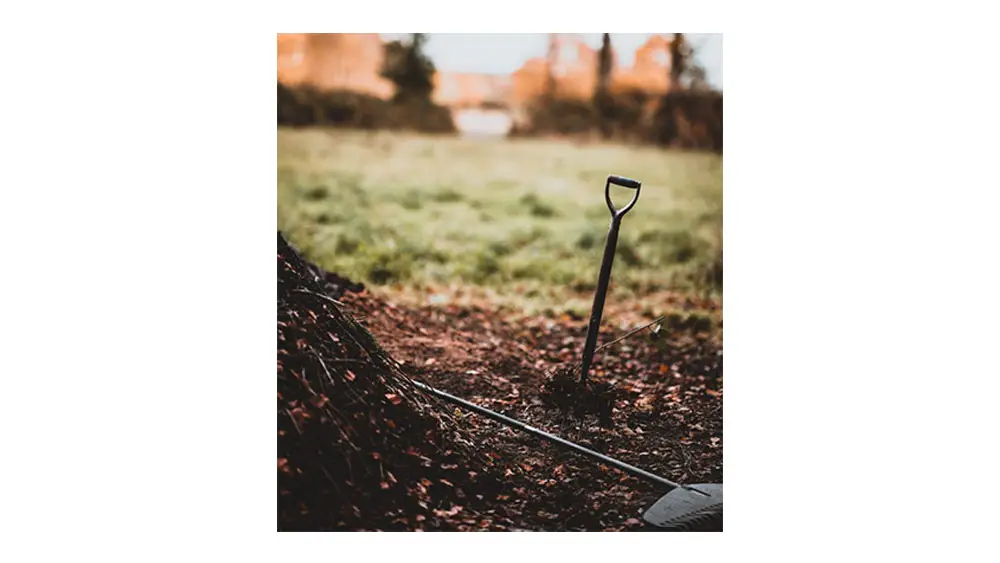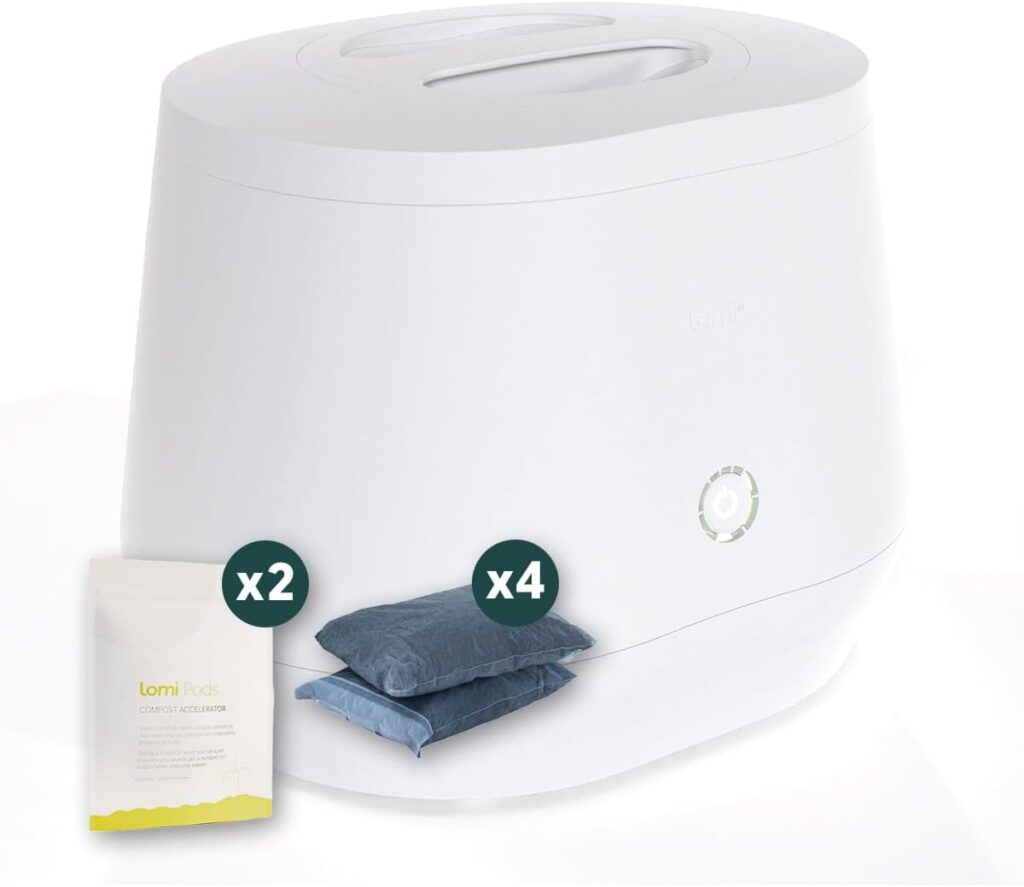If you’re a daily coffee drinker, there’s every chance in the world that you’ve got plenty of coffee grounds that you’d like to use. Knowing that you’re throwing them away every time you make a cup can feel a little wasteful, so making sure to find a good solution for that problem is a great idea!
In this article, we’re going to take you through the important things you need to know to compost coffee grounds. Coffee grounds are a great source of healthy, bioactive compost for your garden with little effort at all – and for virtually no cost!
Collecting coffee grounds for your garden
The first thing that you’ll need to do if you want to compost coffee grounds for your garden is to actually collect coffee grounds – this probably isn’t a surprise. We’d recommend having a small Tupperware or a similar container next to your coffee station. That way, you’ll be able to collect plenty of grounds in no time at all.
If you get to a later stage in your composting journey and feel that you need more grounds than you can produce, we’d recommend going to your local coffee shop. Starbucks started its ‘Grounds for your Garden’ program in 1995, and a number of smaller shops have similar systems in place. Even if they don’t, they’re likely to agree to give you grounds – they’d only be throwing them away, otherwise.
Before you start: Ensure your composting system is right for coffee grounds
Technically, you can compost coffee grounds at any time and with any system. In reality, though, there are a few things that you need to bear in mind to ensure that coffee grounds are right for you and your system.
First of all, consider that coffee grounds add organic matter to your soil. This is, happily, an objectively good thing – though some things later in this list aren’t. This is to simply point out that coffee grounds will improve your soil’s water retention, aeration, and drainage. They will also be beneficial to insect and bacterial growth in the soil since they have sugars and chemicals that those organisms need – an earthworm would be happy to dig through coffee grounds, which is a great way for your soil to be aerated.
In the past, there have been a few concerns that coffee grounds are quite acidic. This would mean, of course, that adding them to your soil would affect your garden’s pH, meaning you could only grow acid-loving plants. Thankfully, this isn’t the case!
Compost produced through the use of coffee grounds isn’t noticeably more or less acidic than other compost. The reason for this is that the acids in coffee beans typically dissolve into your cup of coffee, rather than staying in the used grounds. Now, we want to mention that coffee grounds do have a small amount of caffeine in them. This isn’t a great addition to your garden, since it’s likely to be a chemical that the soil isn’t naturally familiar with. This can deter insects and bacteria in the soil, leading to worse growing conditions for your plants. With this in mind, we’d recommend not using coffee grounds exclusively in your compost mixture. Instead, mix them with garden and food waste, which will allow the caffeine present to be diluted somewhat, leading to more healthy soil.
The final point we want to make is that coffee grounds can deter harmful insects from entering your garden. Coffee, when grown natively, has evolved caffeine as a natural insecticide – it’s poison to bugs. It’s not clear if this is the case universally across all bugs, but for the most part, insects will be happy to stay away from coffee grounds. Therefore, if you have a surplus of grounds for your compost heap, keep them to one side, and sprinkle them across the top of the soil as you might with insecticide pellets or powders – it’s a natural, less harmful, way to stave off insects.
Five ways you can compost coffee grounds
Now that you have somewhat of an idea of the ways in which coffee grounds can affect your garden, it’s time to consider the best ways to use them in your system. Simply put, there are a lot of options, and not all of them will work perfectly for you.
We’ve outlined four great ways to use coffee grounds in your garden below, take a look, and find the best solution for you.
Adding coffee grounds to your soil directly
This is certainly the easiest way to add coffee grounds to your garden, plus it works well for you to add coffee grounds in small amounts. The best way to add them directly to your soil is to sprinkle them across the soil, and then quickly turn over the soil a little, getting the coffee grounds down into the soil.
Allowing the grounds to sit on top of your soil can lead to a flat, dried-out layer, which would prevent water from actually getting to the roots of your plants.
The main disadvantage of using coffee grounds like this is that they don’t function as an effective nitrogen fertilizer for a while. They have to decompose first before eventually, the nitrogen is available. This means that, when you first add the grounds, you may also have to add nitrogen fertilizer.
Adding grounds to your compost pile
This is a great idea, as it allows you to throw away paper filters at the same time as the coffee within them. The thing to bear in mind, though, is that coffee grounds should be treated as ‘green compost’ – meaning they need to be balanced with ‘brown compost’ items, such as paper or leaves.
As a general rule of thumb for this method, limit the grounds you’re using to no more than a third of the overall volume of your compost container. This will ensure that the compost pile doesn’t get too hot (a problem with adding too much green compost), leading to the death of healthy, useful bacteria.
Adding grounds to your Bokashi Composter
Coffee grounds and bokashi composters go together like chips and dip – they’re perfect for one another! Coffee grounds, and the paper filters you may use, can be added wholesale to a bokashi composter every one to two days. Sprinkle your bin with bokashi bran, and the food waste will quickly and efficiently turn into compost.
The advantage of using coffee grounds here is that the bacteria within a bokashi system feed on bokashi bran, principally. This means that the grounds themselves will add nutrients to the system without disrupting bacterial activity – perfect!
Adding grounds to your worm farm
Worm farms are a fairly modern system for most gardens, which means that a lot of people aren’t quite sure what to do with them. While your instinct might be to avoid adding new unknowns to your worm farm, worms actually quite like coffee grounds!
Add the grounds in small increments at first, slowly adding more and more until you’re using all of the grounds that you generate in a day. The worms will get accustomed to it, and you’ll be able to compost your coffee grounds really effectively.
Lomi’s Counter-Top Composter
Last but certainly not least is Lomi’s Counter-Top composter. In fact, the Lomi might be our favorite method because it is so convenient to use. Not only does it compost your coffee grounds, but you can add just about any kitchen waste to its mix. All of our left-overs go into the Lomi after meals. It also fills up very quickly when I’m cleaning out the fridge before going on vacation.
As we all know, the key to a good compost is green-brown balance. Since coffee grounds add a good deal of brown, I often keep mine stored in a separate container or knock box and add it to the Lomi just before it’s full. Most of my coffee grounds are espresso pucks, so this works out pretty well. It often takes a couple of weeks to build up enough coffee grounds, whereas leftovers can fill the Lomi fairly quickly. So, keeping your grounds separate is probably the way to go.
The Lomi works great when you want to have indoor plants, especially in the winter when Home Depot or Lowe’s are not selling a lot of potting mix. Instead of having a random bag of mix sitting in my garage or on the porch, it’s much better to make small potting-sized batches. The Lomi’s bucket is just about the size of a small planter, so the entire process feels so satisfying – it’s almost as if you’re living completely self-sustainably!
Conclusion
We hope that this article has given you the information you need to get started composting coffee grounds in your garden. Not only will you be able to pick a method that suits you best, but you’ll be able to know the facts about how coffee can help your garden, which will ensure you use the grounds, and the compost you make from them, perfectly.


